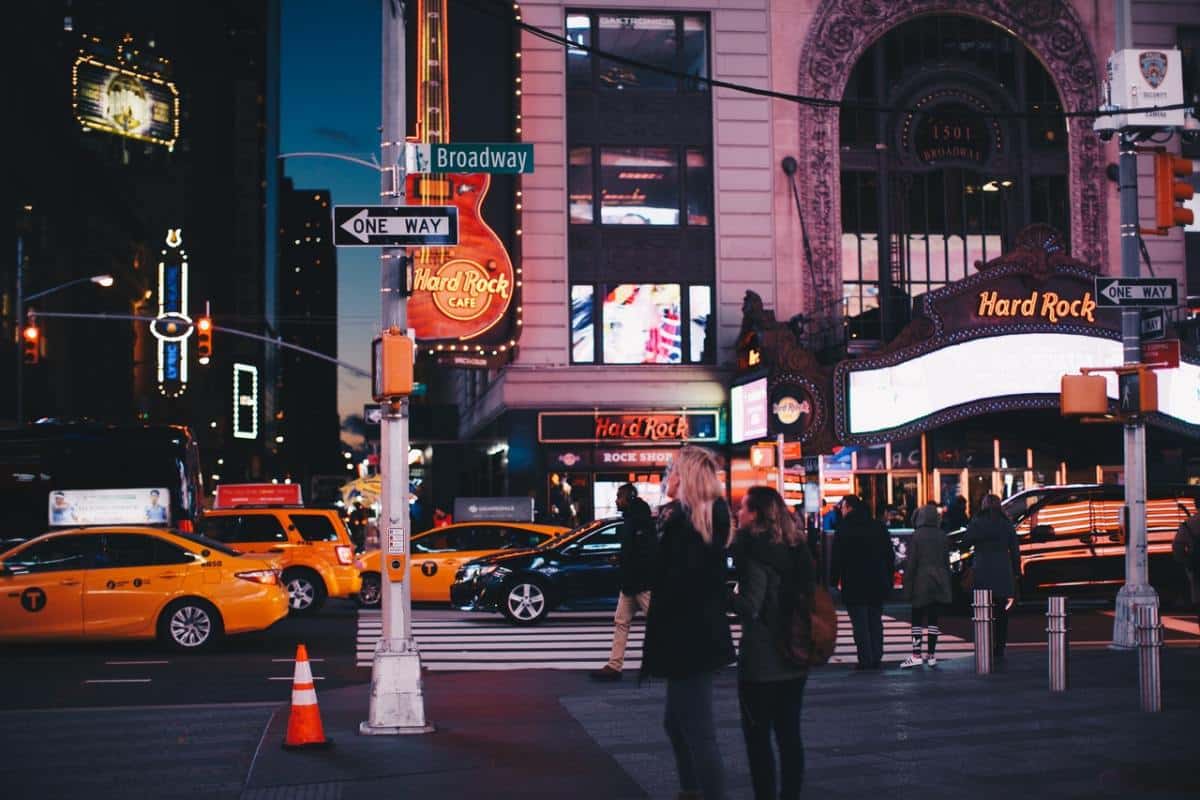Street Photographers Fundamentals Explained
Street Photographers Fundamentals Explained
Blog Article
Little Known Facts About Street Photographers.
Table of ContentsAn Unbiased View of Street PhotographersThe Single Strategy To Use For Street PhotographersThe Of Street PhotographersWhat Does Street Photographers Do?Rumored Buzz on Street Photographers
Road digital photographers do not necessarily have a social objective in mind, yet they favor to isolate and catch minutes which could or else go unnoticed.He was influenced by many of those that affected the road photographers of the 1950s and '60s, he was not primarily interested in recording the spirit of the road., who worked side by side with professional photographers trying to record the essence of urban life.
In comparison to Atget, photographer Charles Marville was worked with by the city of Paris to produce an encyclopaedic document of Haussmann's city planning job as it unravelled, hence old and new Paris. While the photographers' subject was basically the very same, the results were noticeably different, demonstrating the influence of the digital photographer's intent on the character of the photos he created.
Given the great high quality of his photos and the breadth of product, engineers and artists commonly purchased Atget's prints to use as referral for their own work, though industrial passions were rarely his main motivation. Instead, he was driven to photo every last residue of the Paris he enjoyed. The mingled passion and necessity of his mission shine through, leading to photographs that tell his own experience of the city, top qualities that anticipated road photography of the 20th century.
The 3-Minute Rule for Street Photographers
They disclose the city through his eyes. His job and basic understanding of photography as an art kind served as motivation to generations of digital photographers that followed. The future generation of road digital photographers, though they likely did not refer to themselves thus, was ushered in by the photojournalism of Hungarian-born professional photographer Andr Kertsz.
Unlike his peers, Brassa utilized a larger-format Voigtlnder cam with a longer direct exposure time, requiring him to be a lot more computed and thoughtful in his technique than he might have been if making use of a Leica. (It is thought that he might not have actually been able to manage a Leica at that time, yet he did, nevertheless, use one in the late 1950s to take colour pictures.) Brassa's photographs of the Paris abyss illuminated by fabricated light were a discovery, and the collection of the collection that he released, (1933 ), was a significant success.
Cartier-Bresson was a champion of the Leica cam and one of the very first photographers to optimize its capabilities. The Leica allowed the photographer to connect with the environments and to catch moments as they occurred. Its fairly small dimension additionally assisted the digital photographer fade right into the history, which was Cartier-Bresson's favored method.
Indicators on Street Photographers You Should Know
It is because of this basic understanding of the art of photo taking that he is commonly attributed with rediscovering the tool around again roughly a century considering that its creation. He took photos for more than a half century and influenced generations of professional photographers to trust their eye and instinct in the moment.
These are the questions I shall attempt to address: And after that I'll leave you with my own definition of street photography. Yes, we navigate to this site do. Let's begin with specifying what an interpretation is: According to (Street Photographers) it is: "The act of specifying, or of making something certain, distinct, or clear"
No, definitely not. The term is both limiting and misinforming. Seems like a road photography should be images of a streets right?! And all road professional photographers, with the exception of a handful of absolute novices, will totally value that a road is not the key part to street digital photography, and actually if it's an image of a road with maybe a couple of uninteresting people not doing anything of rate of interest, that's not road photography that's a picture of a road.
Fascination About Street Photographers
He makes a legitimate factor don't you believe? However, while I agree with him I'm unsure "honest public photography" will certainly capture on (although I do sort of like the term "honest digital photography") due to the fact that "road photography" has actually been around for a very long time, with several masters' names attached to it, so I believe the term is below to remain.
You can fire at the coastline, at a festival, in check out here a street, in a park, in a piazza, in a cafe, at a gallery or art gallery, in a city station, at an event, on a bridge, under a bridge ...
Yes, I'm afraid we scared no choice! Without rules we can not have a this article definition, and without a meaning we don't have a style, and without a style we don't have anything to define what we do, and so we are stuck in a "policies interpretation genre" loop!
9 Simple Techniques For Street Photographers

Report this page